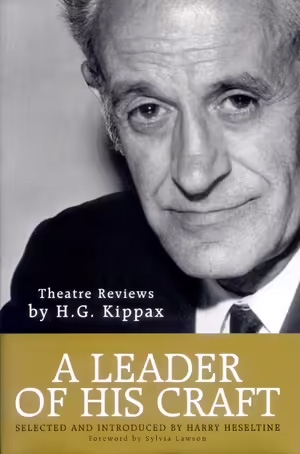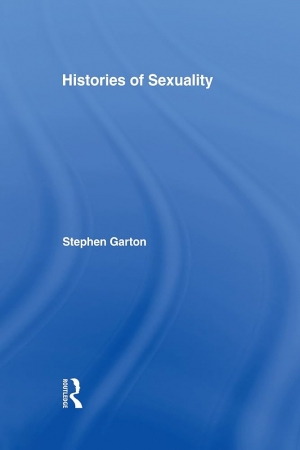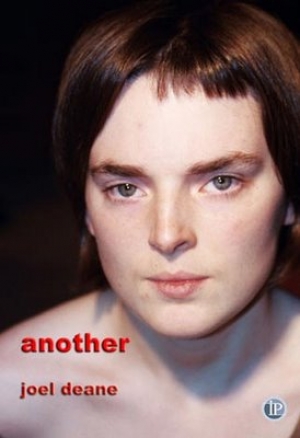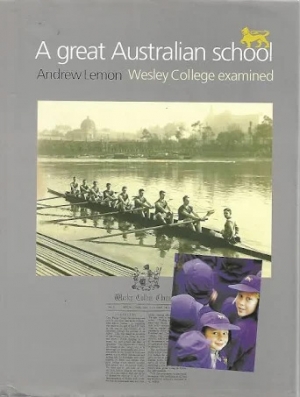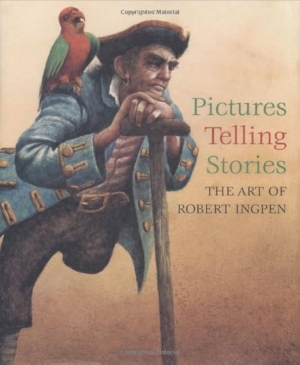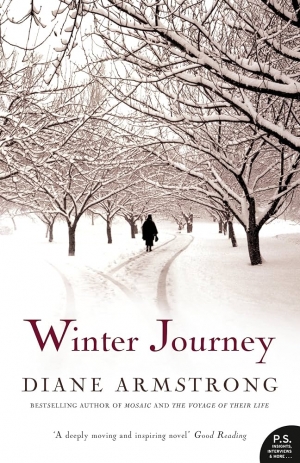Review
Two of Kathleen Riley’s aims are clearly, if somewhat grandly, spelt out in her prologue: to redress the omission of Nigel Hawthorne ‘from theatre histories of the latter half of the twentieth century’; and to ‘present a new appraisal of post-war theatre by focusing on the personal journey of one of Britain’s finest […] actors’. Another, unspoken explicitly, is to articulate the ‘deep passion for the theatre’ aroused in her by Alan Bennett’s writing and Hawthorne’s portrayal of The Madness of George III. She manages in the first, fails (as anyone might) in the second, and succeeds only too well in the third. Riley’s book is little short of a 380-page fan letter, with all the substantial virtues and vices of such an exercise: undeniable zeal, energy, and commitment, but a lamentable lack of critical distance.
... (read more)Ken Healey reviews ‘A Leader of His Craft: Theatre reviews by H.G. Kippax’ edited by Harry Heseltine
The eighteenth-century French Academician Buffon gave the world the aphorism ‘Le style est l’homme même’. It makes a fine epitaph for H.G. Kippax. Harry Kippax was a distinguished journalist and, for more than thirty years, until his retirement in 1989, a theatre critic of singular authority and style. In the late 1950s, while employed by the Sydney Morning Herald, he began to write thoughtful freelance reviews under the pseudonym Brek in the fortnightly periodical Nation; in 1966 the SMH’s editor J.D. Pringle press-ganged him into the theatre critic’s chair.
... (read more)Lisa Featherstone reviews ‘Histories of sexuality: Antiquity to sexual revolution’ by Stephen Garton
In the 1740s a little-known English excise officer and master of a charity school published a frank memoir of his life. John Cannon wrote extensively of his partnerships and his marriage, and also of his sexual exploits. Beginning at the age of twelve, he was taught to masturbate by a school friend and he continued with this until his early twenties. From this time, he had regular sexual contact with a variety of women, including one relationship of ten years. Yet he rarely had sexual intercourse. Instead, his very active sexual life was filled with kissing and erotic fondling: for Cannon, penetrative sex was saved almost exclusively for marriage.
... (read more)Maria Takolander reviews ‘Another’ by Joel Deane and ‘After Moonlight’ by Merle Thornton
These first novels by Joel Deane, the Victorian premier’s speechwriter, and Merle Thornton, a former academic who famously chained herself to a male-only bar in Brisbane, focus on radically different social groups. Deane’s Another is about two unemployed adolescents living in an outer Melbourne suburb bypassed by a freeway where the local McDonalds is the town’s nucleus. In After Moonlight, Thornton presents a bookstore-browsing, duck-eating, macchiato-sipping, Carltonish academic. (The novel is replete with such portmanteaux.) That both novels are set in the same city is a shock. Another commonality, more poignant, is a concern with the personal and the enduring effects of tragic pasts.
... (read more)Martin Crotty reviews ‘A Great Australian School: Wesley College examined’ by Andrew Lemon
Wesley College, Melbourne, has a long and intriguing history. Established in 1866, Wesley was off to a slow start that left it, for much of its history, trying to foot it with slightly older, considerably wealthier and rather more prestigious rival public schools (as they were then known, distinguishing them from schools run for profit by private individuals). In its first ‘heyday’ in the opening decades of the twentieth century, under the charge of the colourful L.A. Adamson, Wesley epitomised the Australian public school system. It embodied the transfer to Australia of the values of England’s élite schools, preaching conservative social values, and combining a love of sports with a devotion to intellectual pursuits and a commitment to a national agenda that emphasised imperial loyalty and martial willingness.
... (read more)Margaret Robson Kett reviews ‘Pictures Telling Stories: The art of Robert Ingpen’ by Robert Ingpen and Sarah Mayor Cox and ‘Illustrating Children's Books: Creating pictures for publication’ by Martin Salisbury
Robert Ingpen is one of Australia’s best-known and most distinguished artists. Throughout his long career, he has illustrated scientific publications and numerous books for children and young people. He is the only Australian illustrator to have been awarded the prestigious Hans Christian Andersen Medal for Children’s Literature. He has designed bronze doors, stamps, and murals, and has acted as designer for Swan Hill Pioneer Village, one of Australia’s first open-air museums. His recent work includes the design of a tapestry celebrating the sesquicentenary of the Melbourne Cricket Ground; illustrating a centenary edition of Peter Pan and Wendy; and holding an exhibition at the 2002 Bologna Children’s Book Fair.
... (read more)Michelle Griffin reviews ‘Winter Journey’ by Diane Armstrong
Diane Armstrong should have stuck to the facts. The many surprising particulars that illuminated her two fine histories of the Jewish refugee experience (Mosaic: A Chronicle of Five Generations, 1998, and The Voyage of Their Life, 1999) have been replaced, in her first novel, by clichés and banalities that turn to soap opera her account of an Australian forensic scientist unearthing the secrets of her own past.
... (read more)Alan Atkinson reviews ‘The Commonwealth of Thieves: The Sydney experiment by Tom Keneally
Pity the professional historian. It is hard to know where to turn these days to avoid being abused, even from the most unlikely sources. According to Andrew Riemer, writing lately in the Sydney Morning Herald, the main reason professional historians castigated Robert Hughes in 1988, when he published The Fatal Shore, was because he had ‘occupied their territory’. Is there any other professional group in Australia so childish, irresponsible, parasitical and useless as the professional historian? Judging from remarks like this, appearing weekly in the press over the last few years, apparently not. And why is it, at a time when the number of living professional historians probably outnumbers the total of their deceased predecessors since time began, we supposedly manage to work as a tiny clique? Someday an historian, maybe even a professional one, will explain this unlikely phenomenon. Allegations such as these are linked somehow with the overwhelming anti-intellectualism of early twenty-first-century Australia, but exactly why historians, among all the others, are hit so hard and so often is a puzzle.
... (read more)In the opening poem of Virgil’s Eclogues, a shepherd newly dispossessed of his farm by a soldier returning from war exclaims: ‘There’s so much trouble everywhere these days. / I was trying to drive my goats along the path / And one of them I could hardly get to follow; Just now, among the hazels, she went into labor …’ (trans. David Ferry). More than 600 years later, Poussin’s painting, Les Bergers d’Arcadie, dit aussi Et in Arcadia Ego (1638–40), takes up the theme of dispossession in a more radical key: even shepherds in Arcadia must die. The pastoral mode (taken broadly to include anti- and post-pastoral) has always enveloped threats to the pastoral idyll. John Kinsella’s The New Arcadia – with Poussin’s painting on its cover – is the final instalment of an ‘anti-pastoral’ trilogy initiated by The Silo: A Pastoral Symphony (1995) and followed by The Hunt (1998). In The New Arcadia, as in its prequels, we find the pastoral mode in full-blown crisis: in modern Australia, nature’s small misfires (viz. the goat’s ill-timed birth) have escalated into ecological disaster. In The Hunt, the farmers and their families are killed by their own tools, dying in accidents, falling under tractors, shooting themselves; in The New Arcadia, on the other hand, most of the victims are native birds.
... (read more)Martin Duwell reviews ‘Avenues & Runways’ by Aidan Coleman, ‘Throwing Stones at the Sun’ by Cameron Lowe, and ‘Narcissism’ by Maria Takolander
Each of these three books is its author’s first, and each carries a cover endorsement by two distinguished poets. You can tell a lot about the books from looking at who endorses whom before you need even to read one of the poems.
The rear cover of Aidan Coleman’s Avenues & Runways (endorsements by Kevin Hart and Peter Goldsworthy) describes him as an imagist. Whatever the exact significance of that term, there is no doubt that this poetry belongs to the class that has slight outward show and rich implications. And the pleasure of reading them is the shuttling between the two. There are at least two important requirements here: the surface has to be elegant and engaging without being slovenly or cute (ah, if you only knew what treasures I conceal!); implications must be intense and never clichéd.
... (read more)

